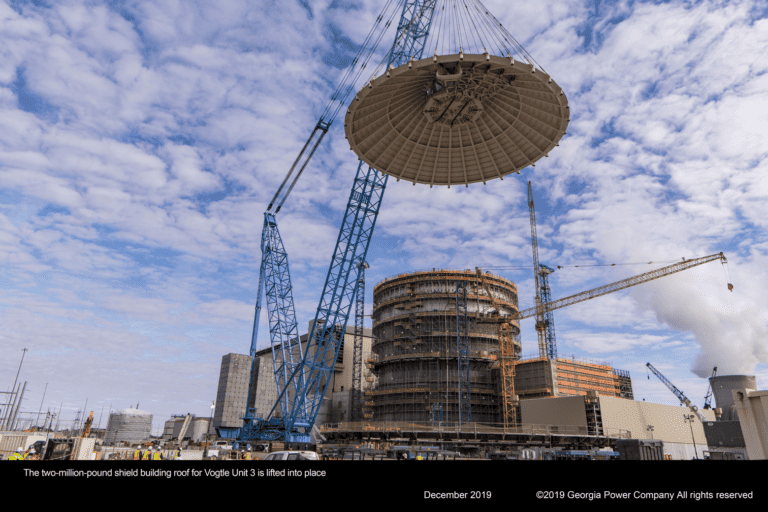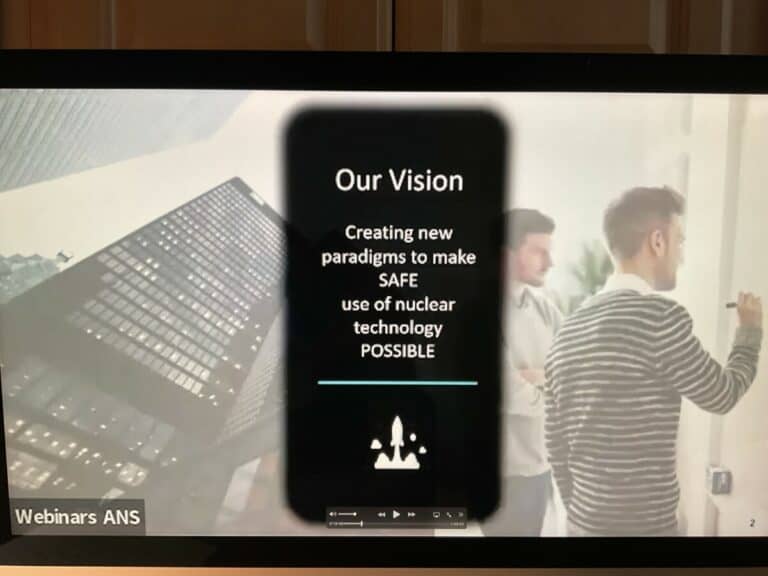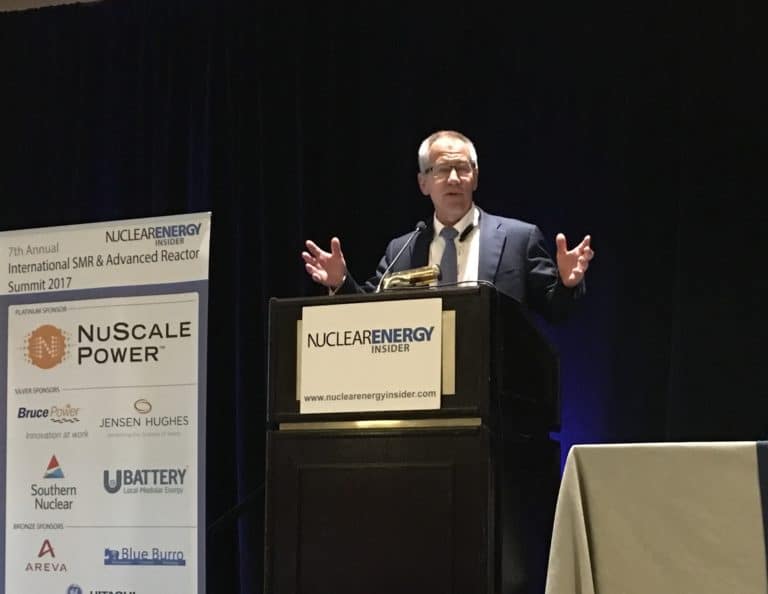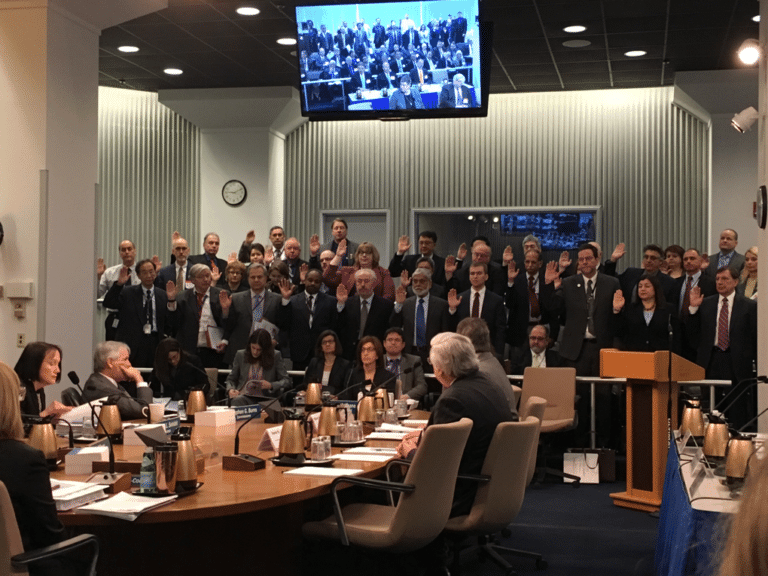Unnecessary rules should be eliminated
Commissioners on the Nuclear Regulatory Commission are worried. They see a pending avalanche of license applications for new reactors, fuel production facilities, uranium mines, transportation containers, and waste repositories with an insufficiently sized and trained licensing workforce. They seem to be increasingly aware of their role in enabling a clean energy transition and they want…






